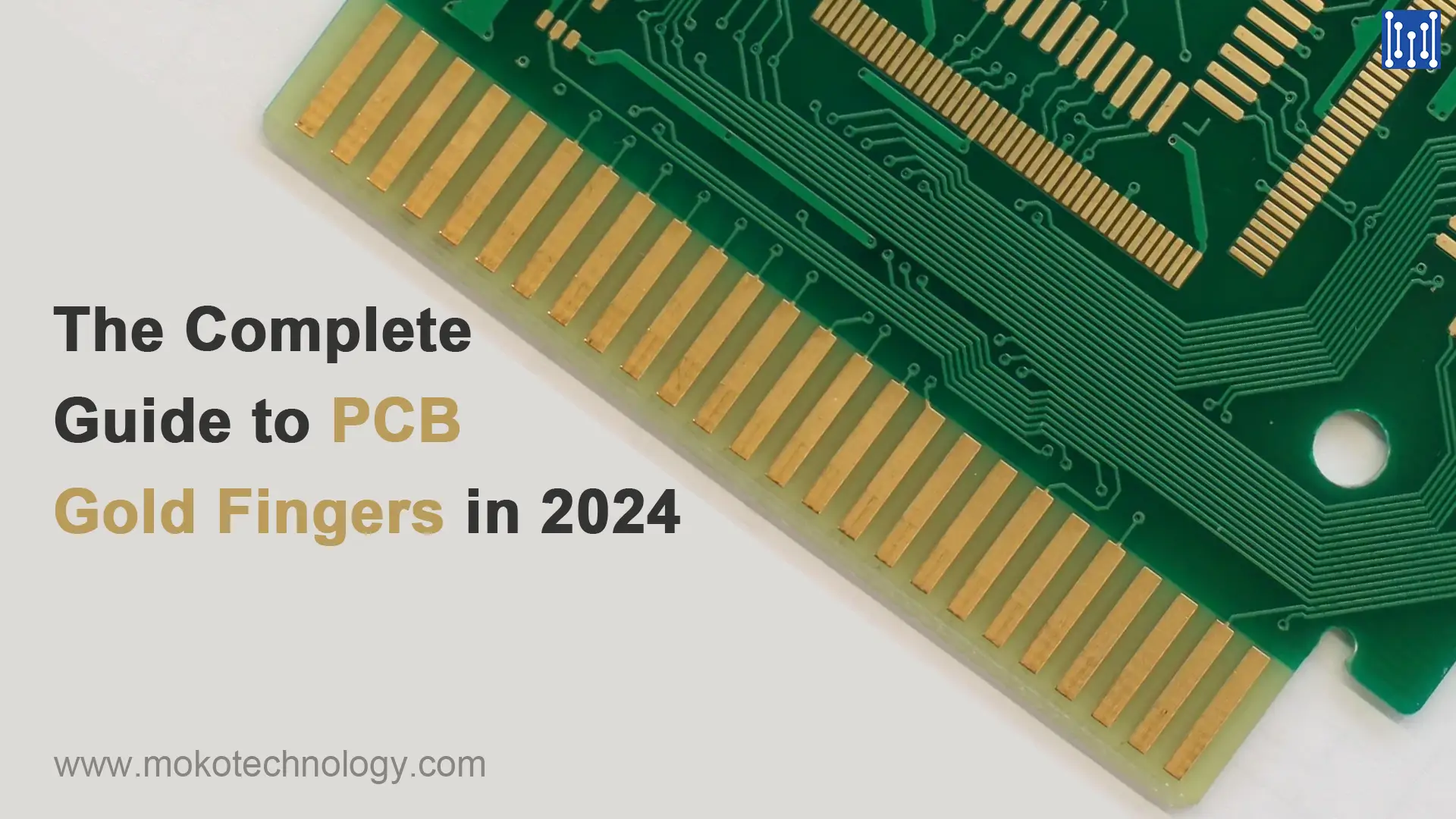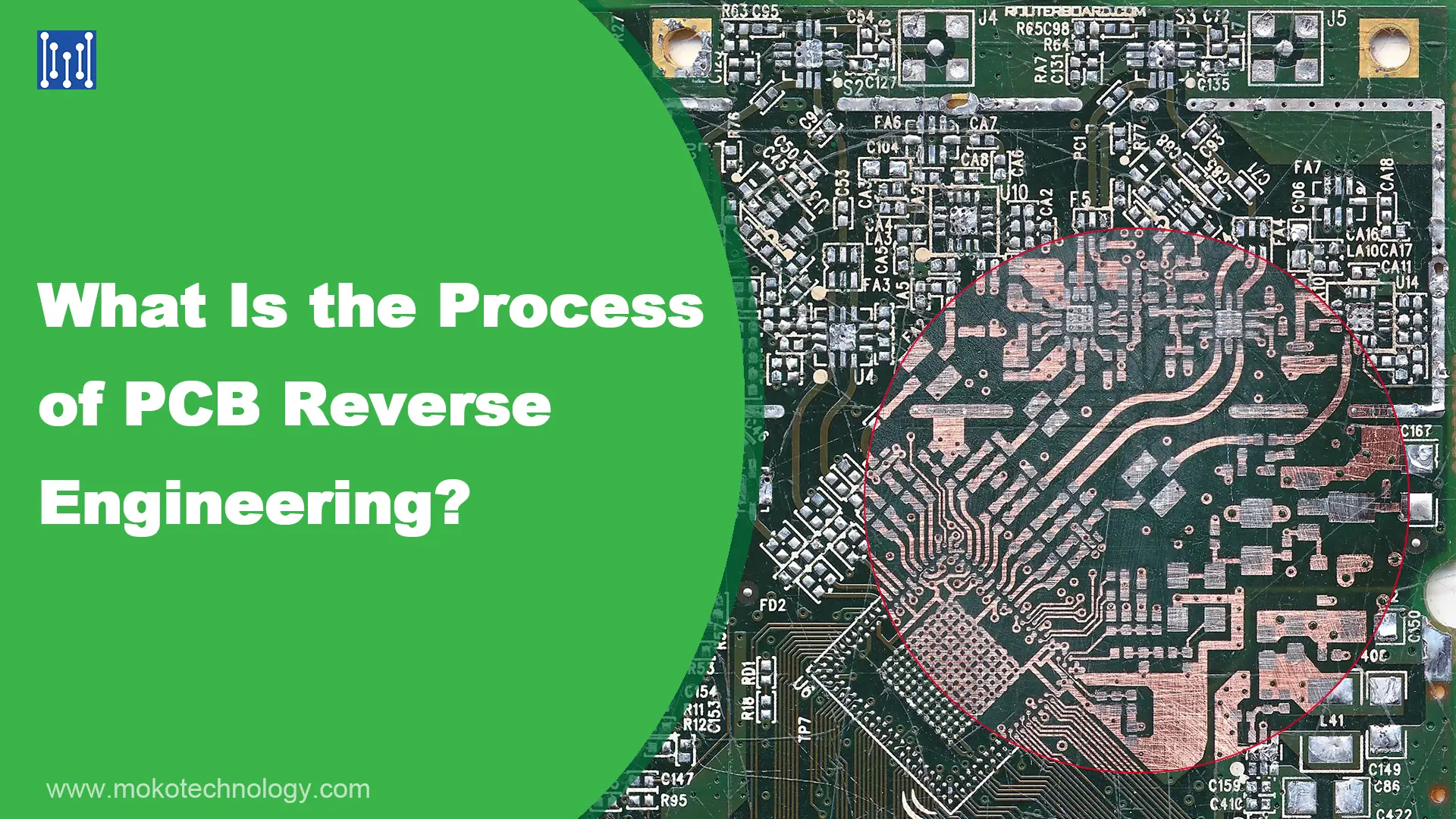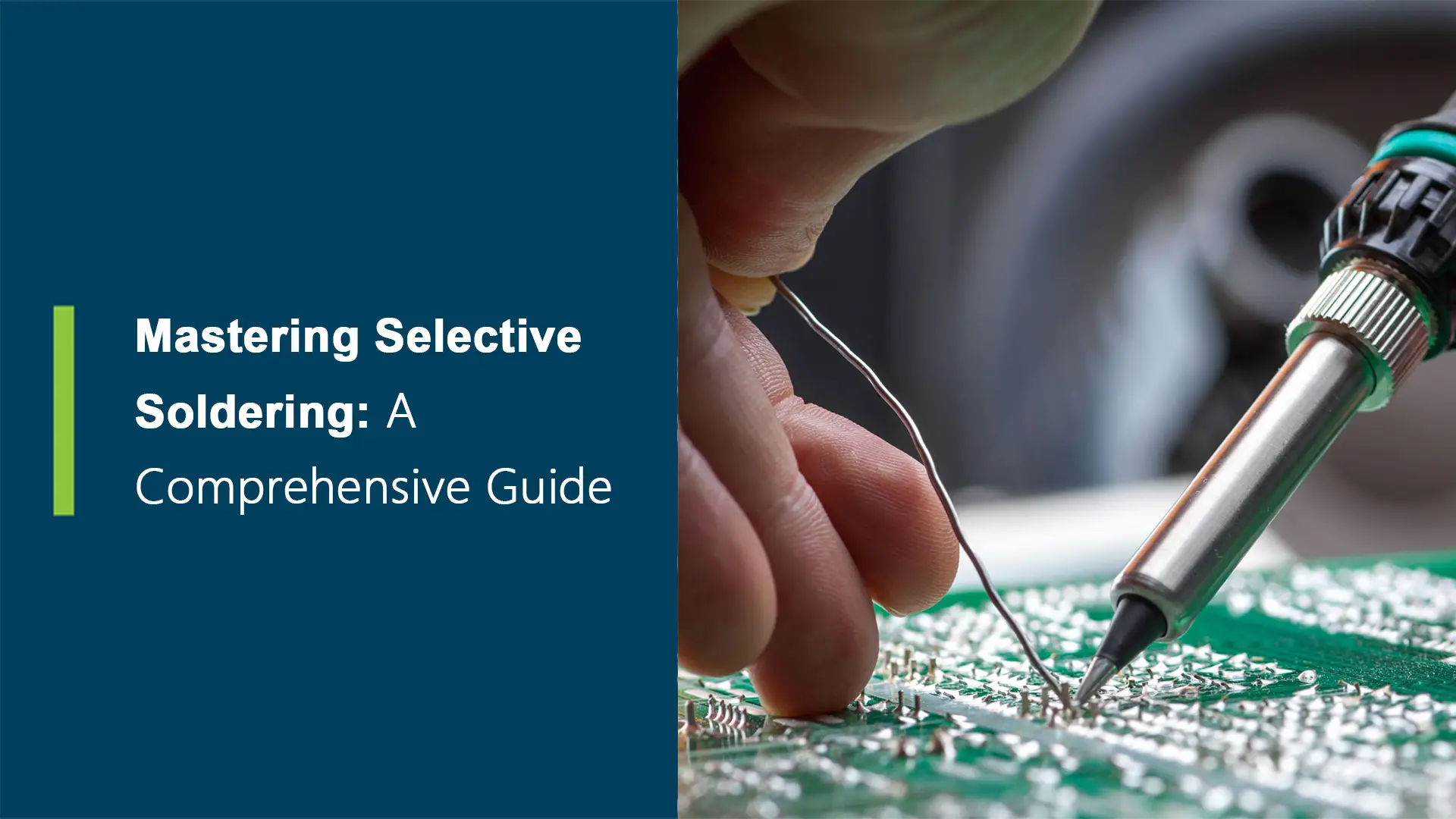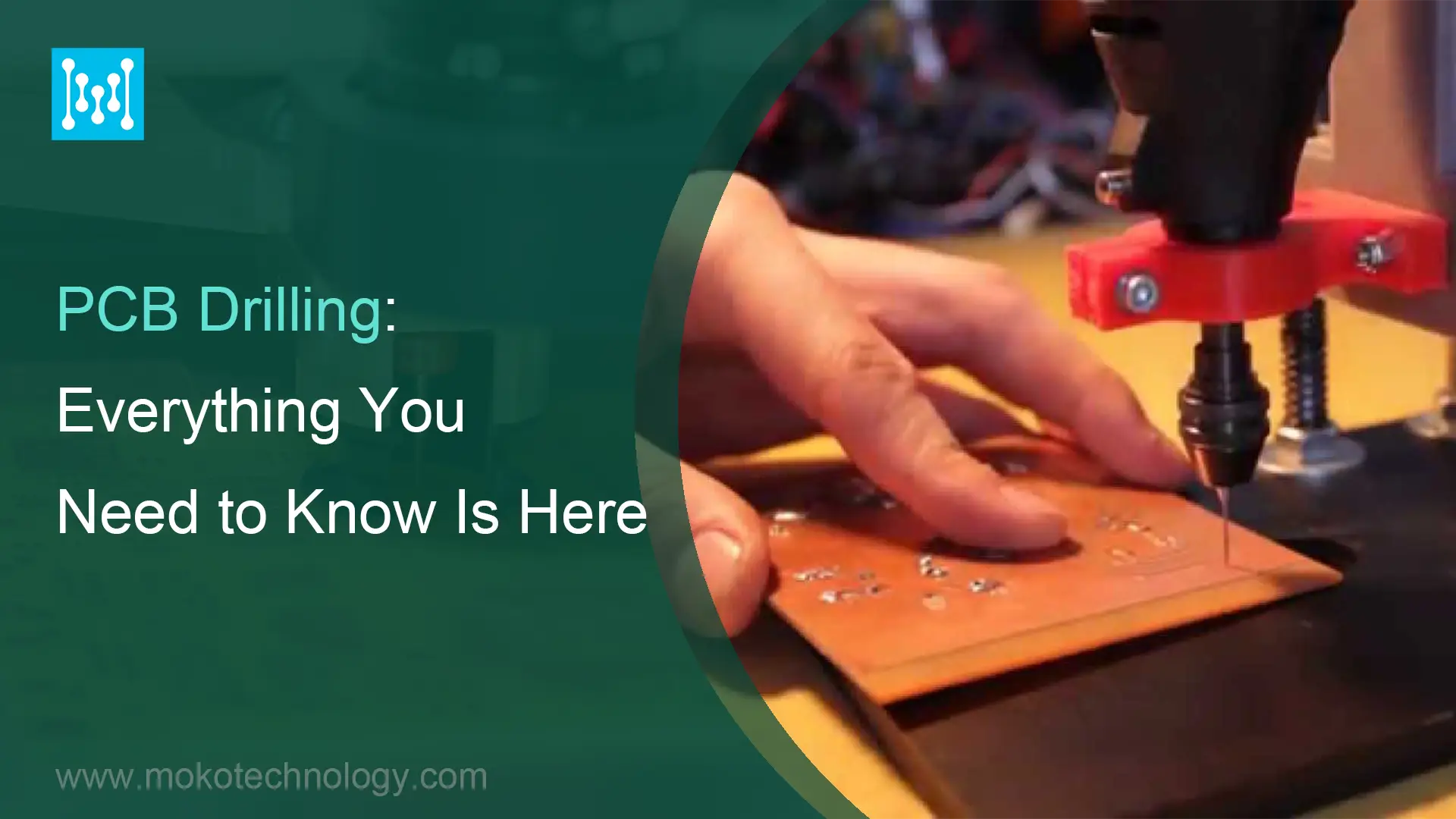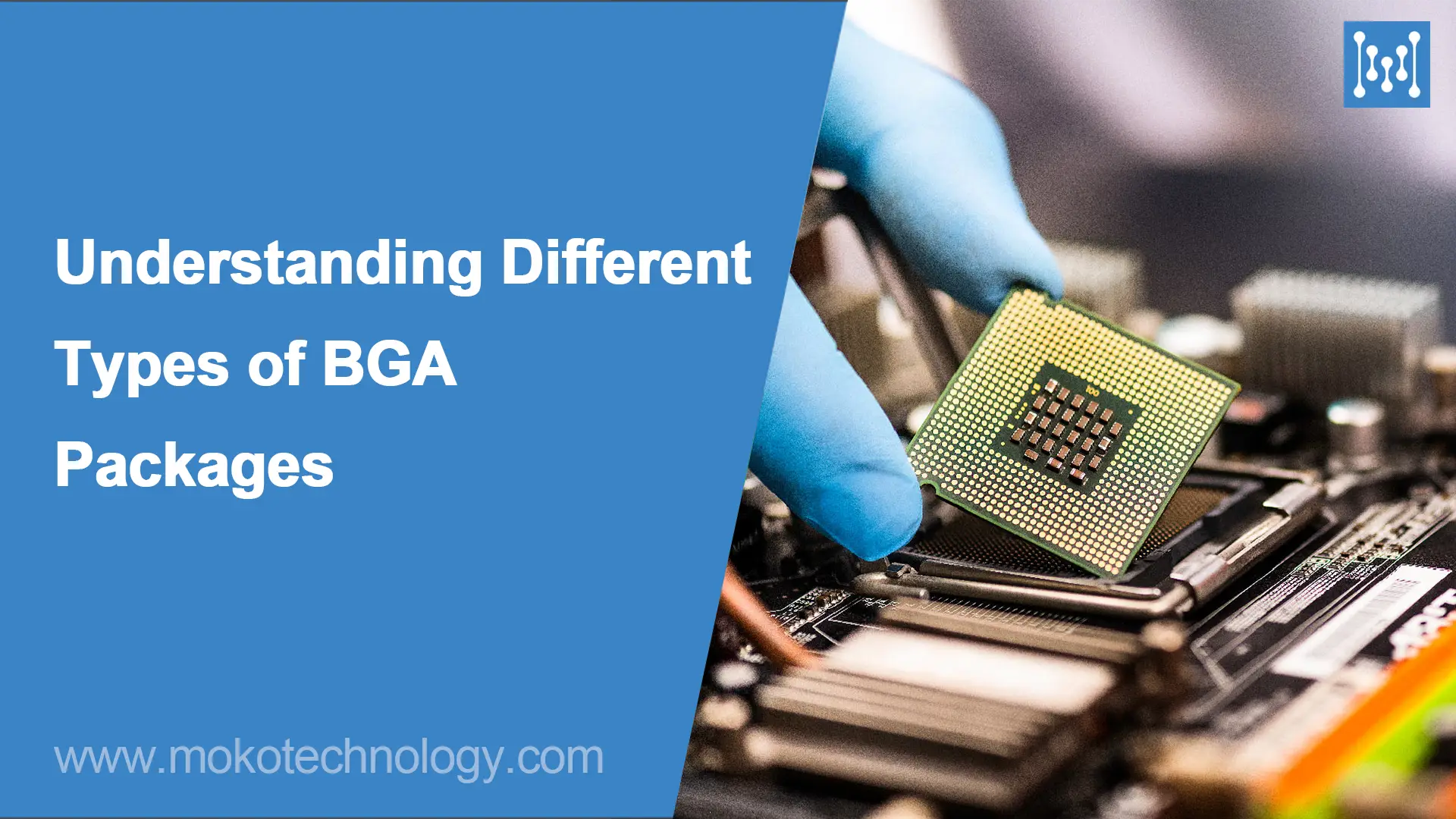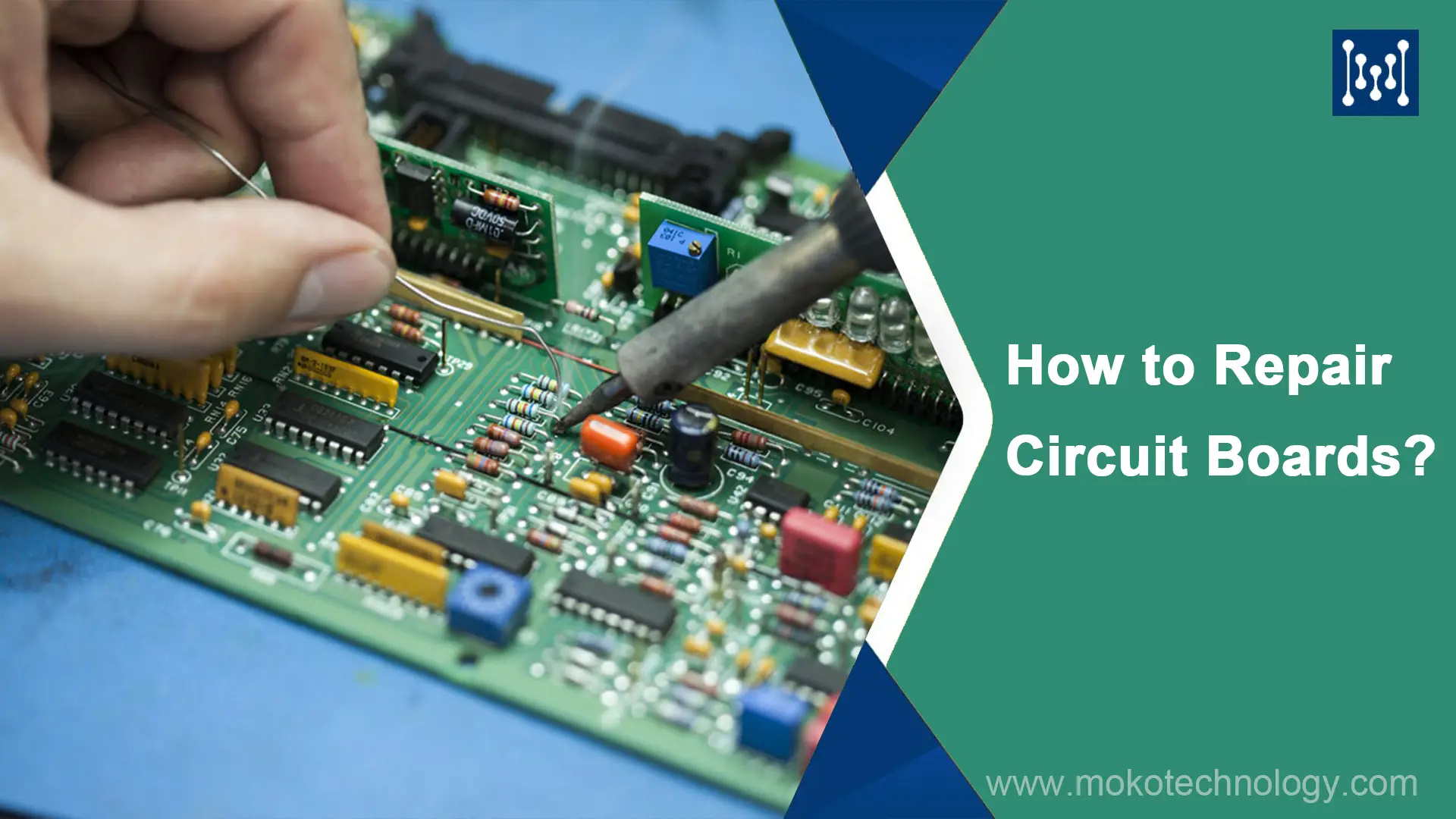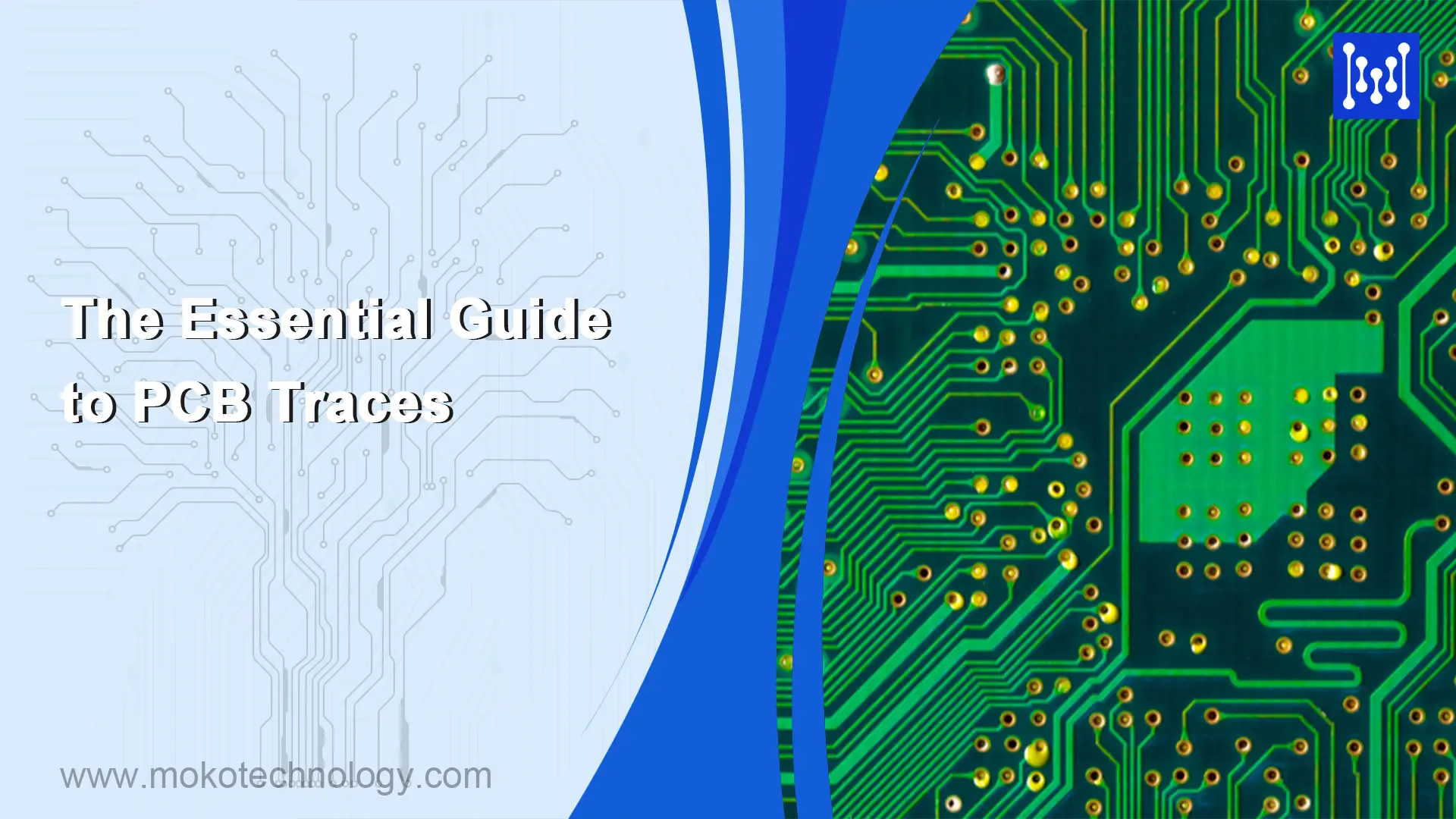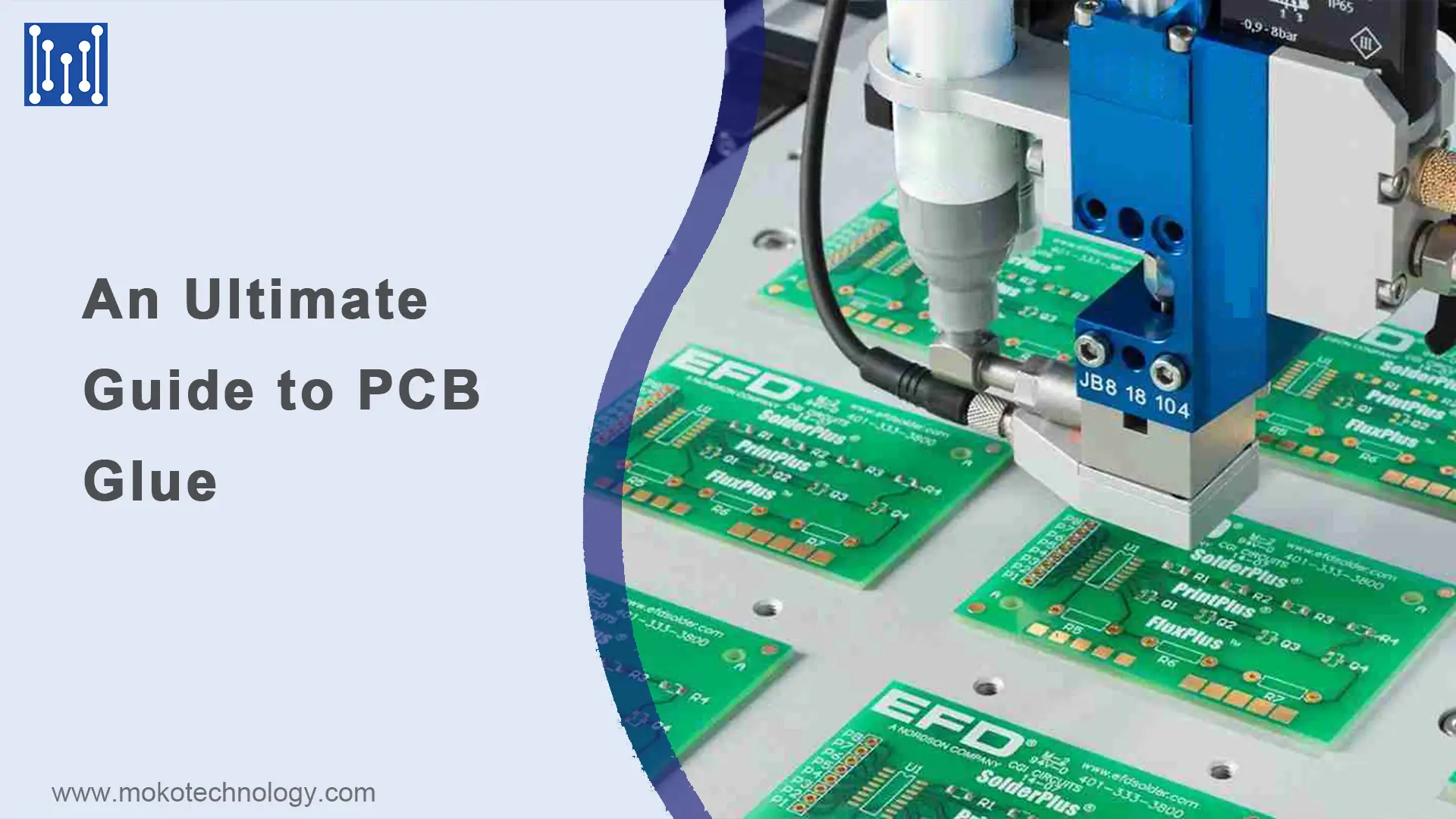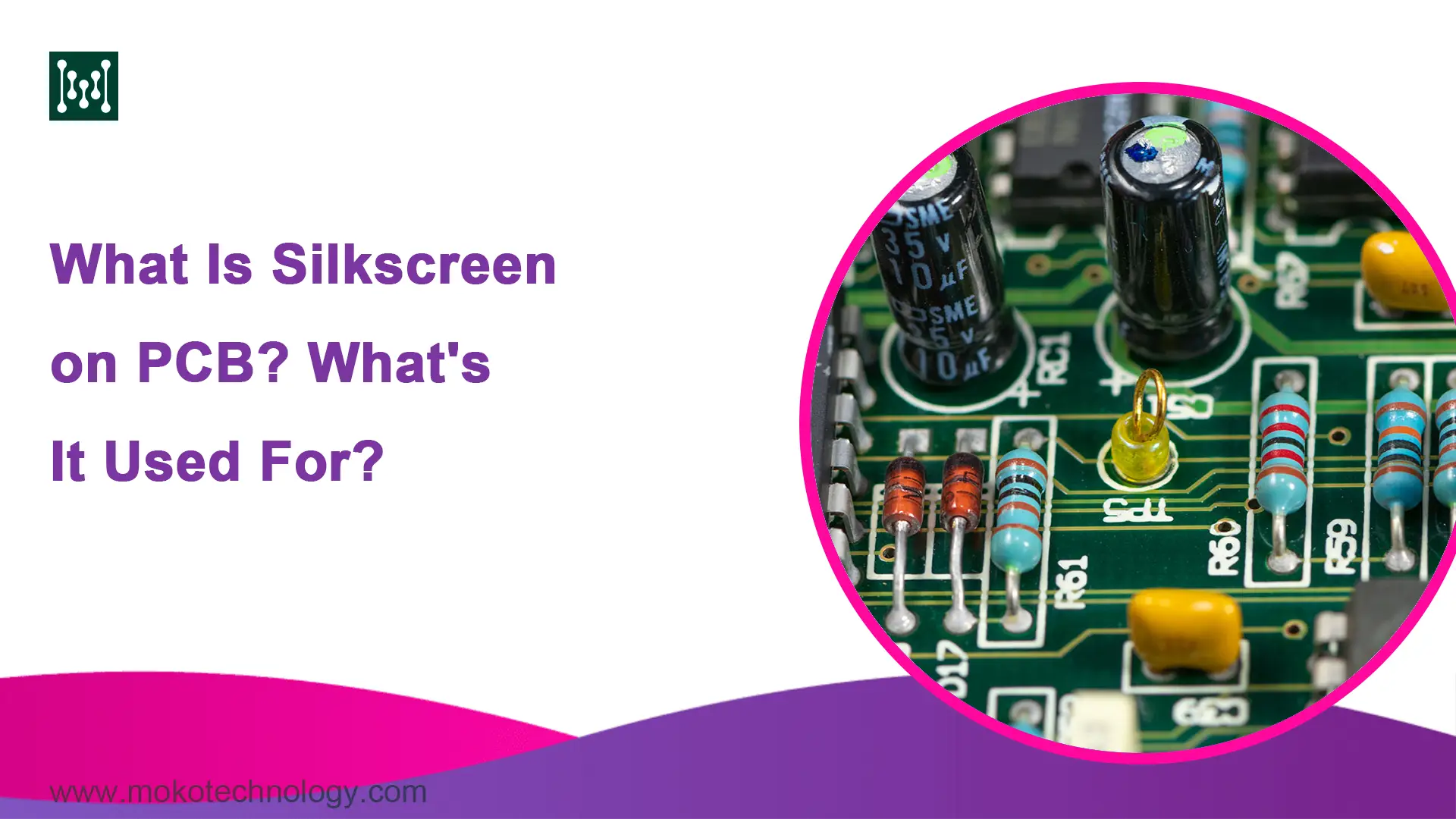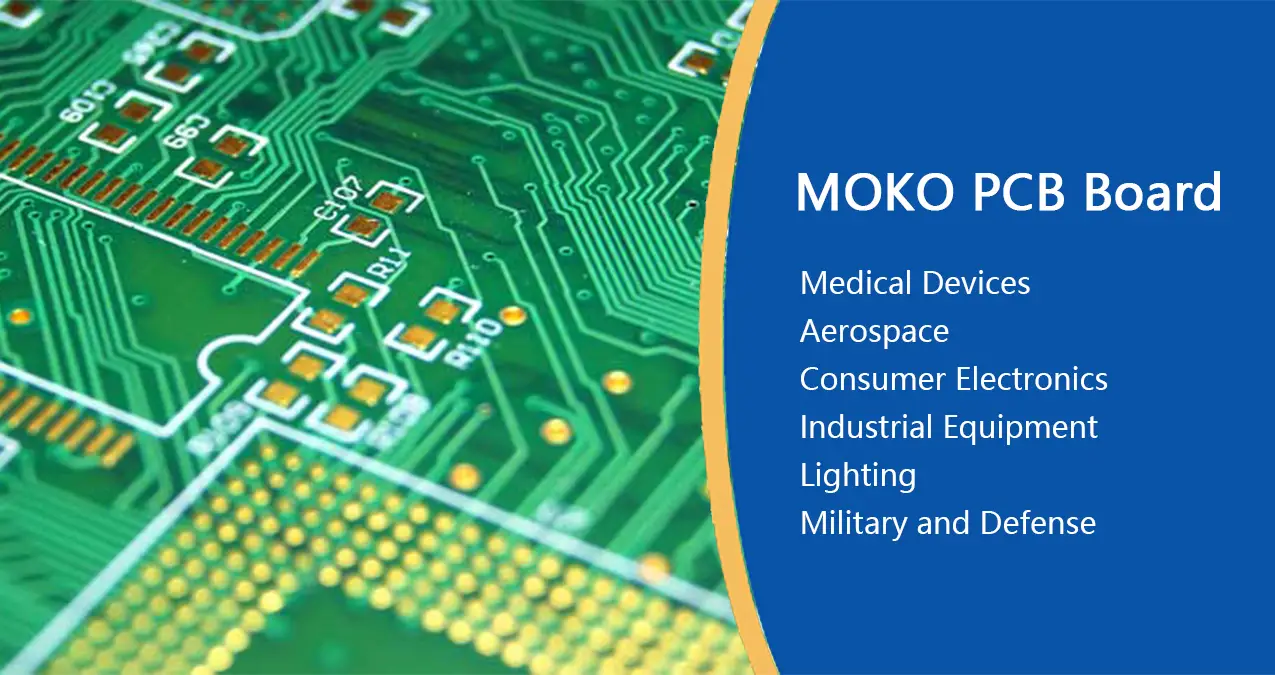The Complete Guide to PCB Gold Fingers in 2024
In our modern high-tech world, devices are constantly sending signals back and forth. For any command to actually happen, communication between two or more circuit boards is essential. Without a way to connect them, none of this instantaneous cross-talk would be feasible. This is where PCB gold fingers come in – they act as the…
The Complete Guide to PCB Gold Fingers in 2024 Read More »
